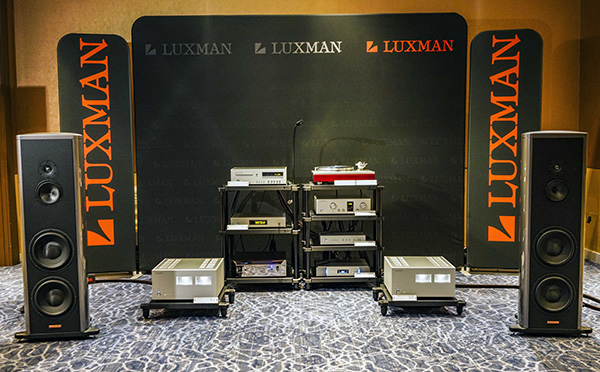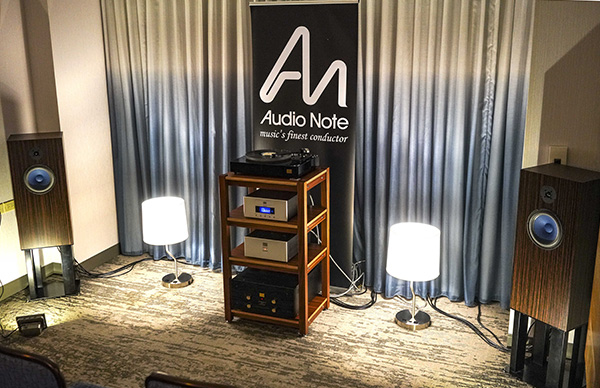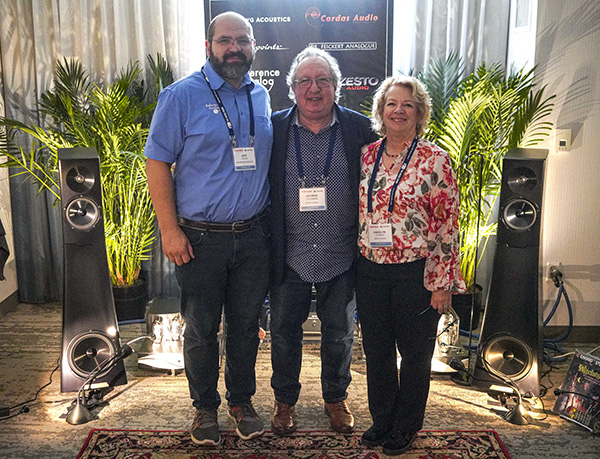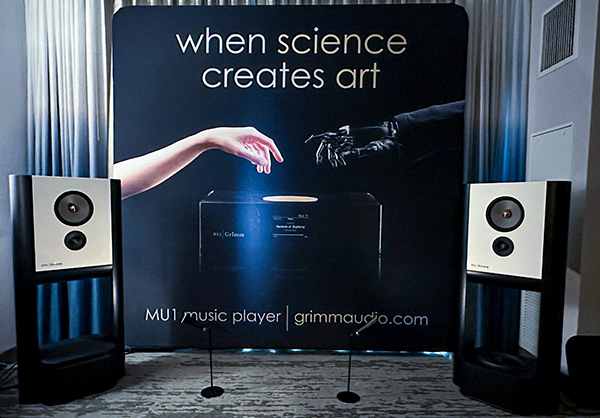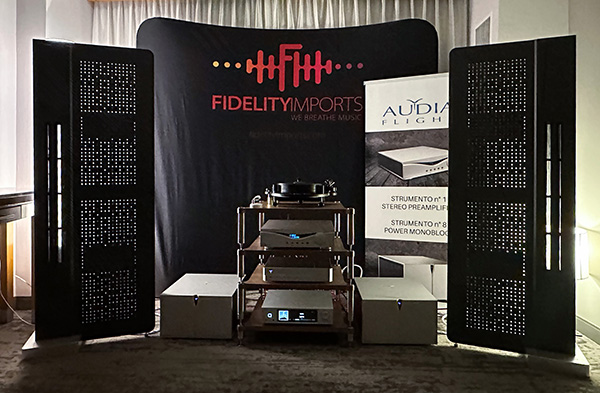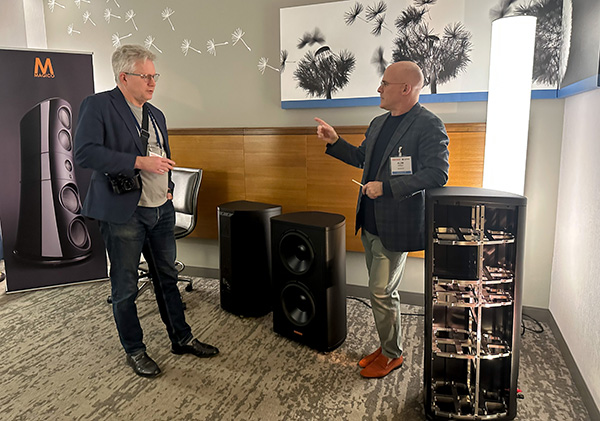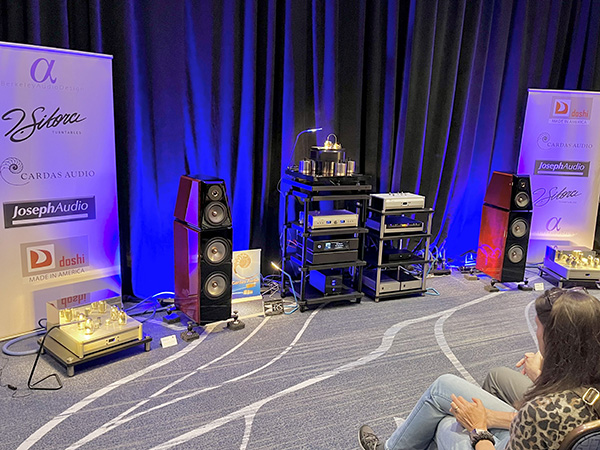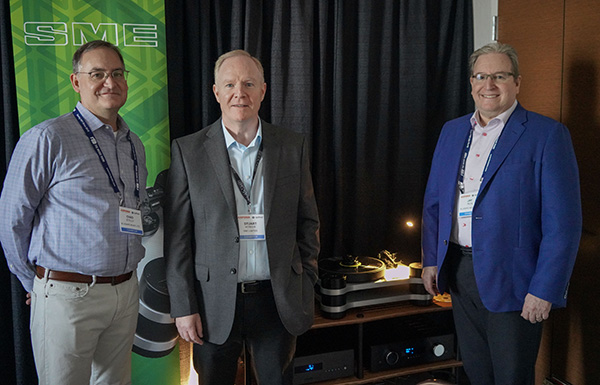LATEST ADDITIONS
Audio Note Consistency at AXPONA
Audio Note returned to AXPONA with nothing to new to spring on the hungry (really) crowds, only the same consistency of sound major domo Peter Qvortrup has offered for decades.
From Cali to Chitown: Zesto Audio & Reference Analog Debut the Eros Monoblocks at AXPONA
But at AXPONA, where George Counnas (center) and Carolyn Counnas (right) debuted their new Zesto Audio Eros 500 Select KT-150 equipped, class-A monoblocks, with Zesto Audio's Leto Ultra II preamp, which I reviewed in January 2021, I was flummoxed at the beauty of sound, extravagance of liquidity and detail, and nearly spiritual physicality the system endowed to a variety of music.
Grimm Audio brings an improved version of its LS1 active speakers to the US
Fidelity Imports and Diptyque planar speakers with Audia Flight, Aurender
Devialet launches the Mania Bluetooth Speaker
That's the gist of the Mania, a pocket-sized, battery-operated Devialet speaker (well, pocket-sized if you don't mind wearing cargo pants).
Magico's new S3 2023, plus gear by Convergent Technology, Wadax, Antipodes
RAAL-requisite's circumaural ribbon headset, the CA-1a
I had come to pay RAAL-requisite a visit, hoping to audition a first for me: a recently-launched ribbon headphone called the CA-1a.

